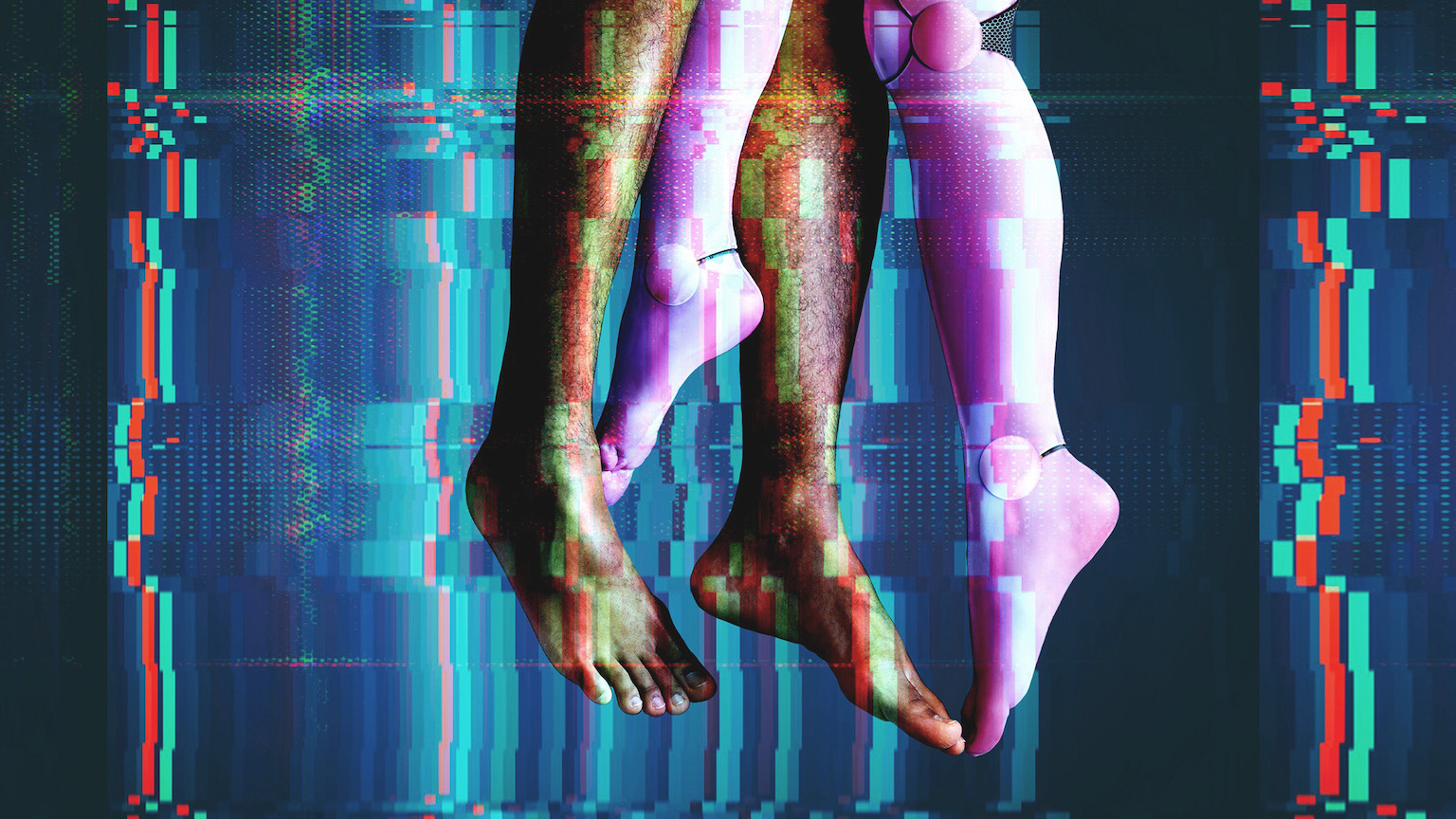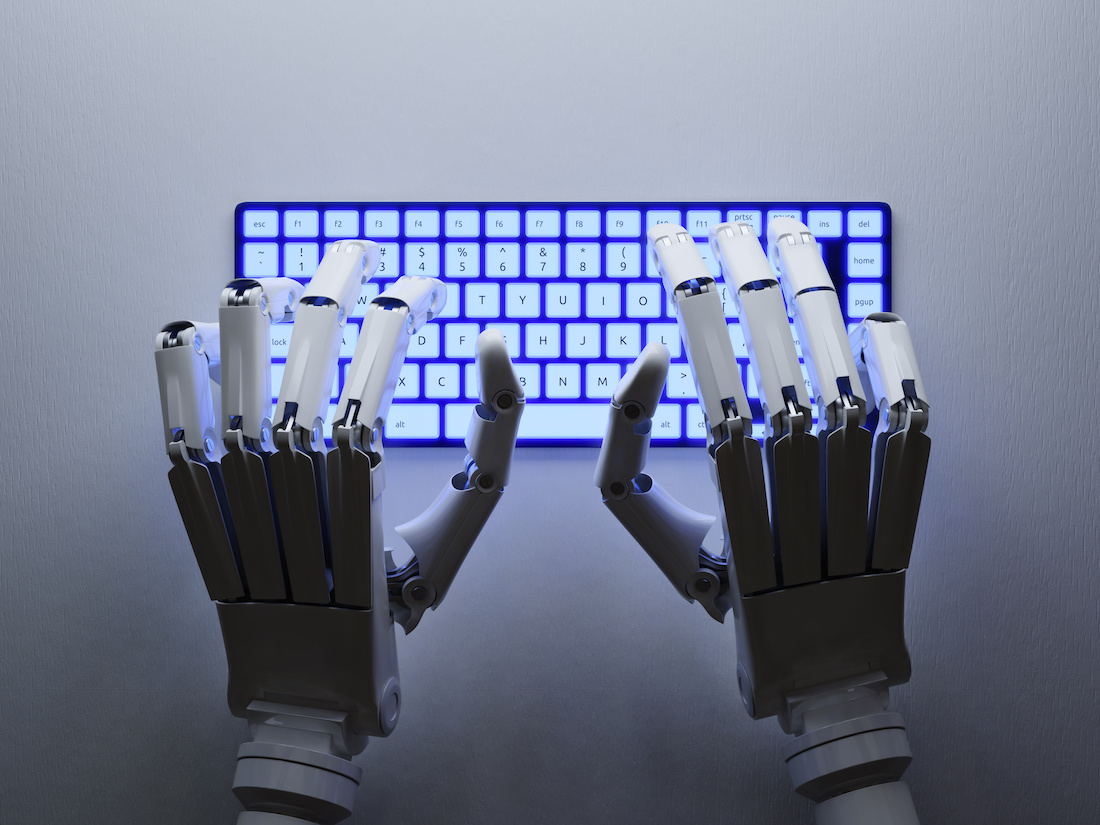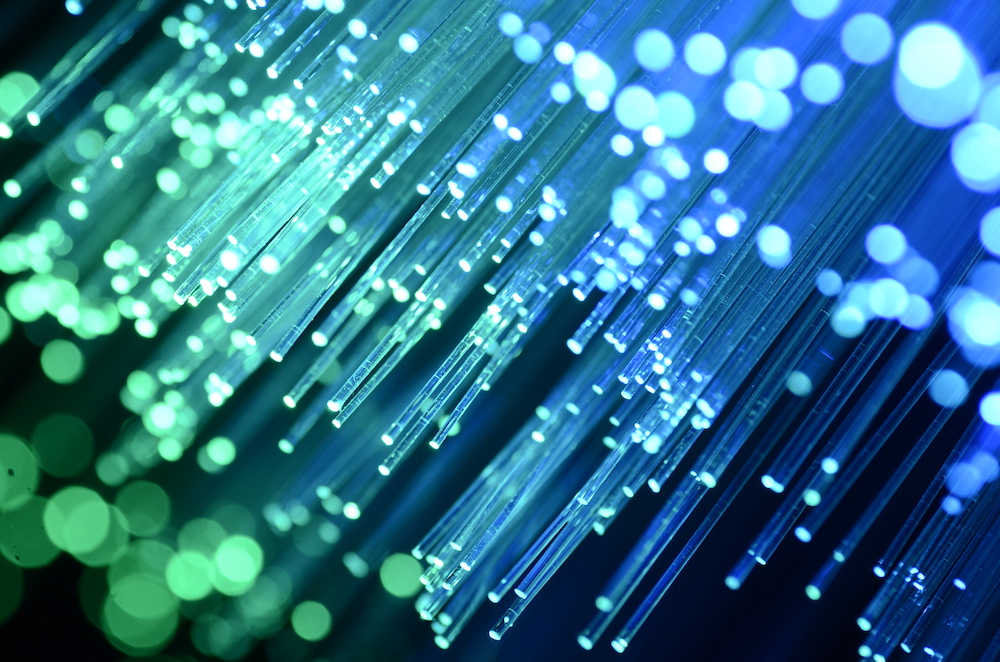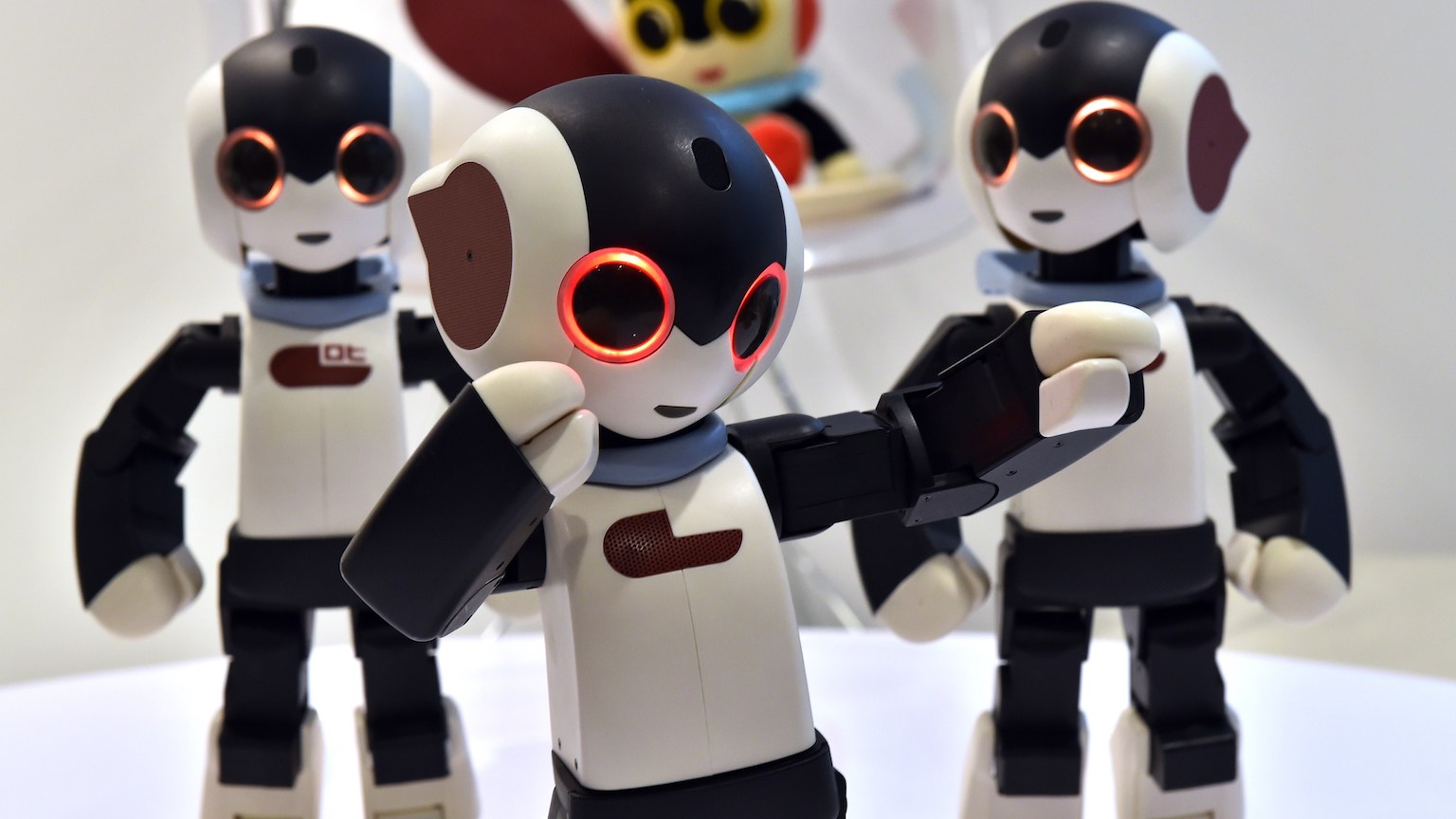What AI cannot do
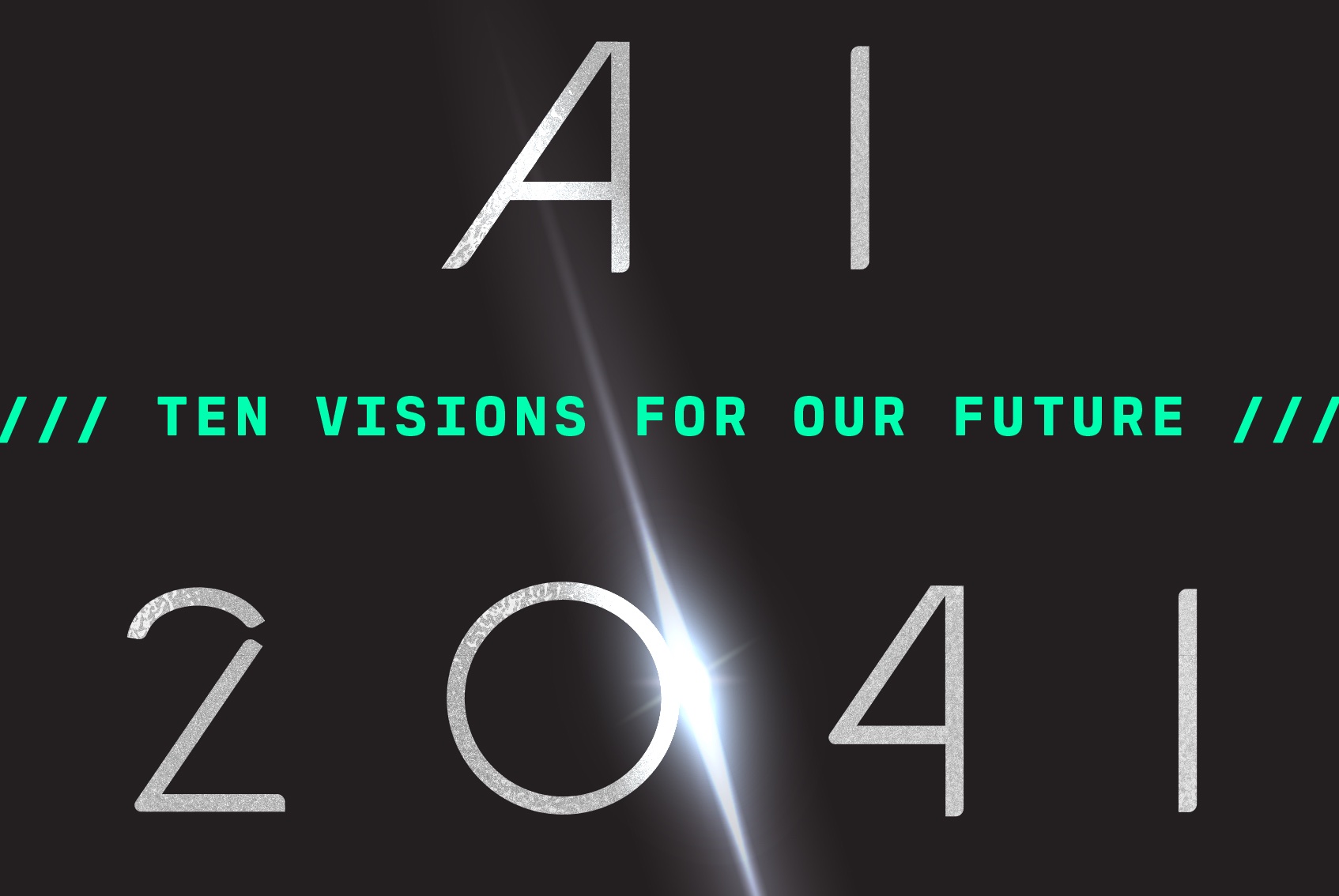
- AI is poised to displace millions of jobs, both blue-collar and white-collar.
- However, there are skills that AI cannot master: strategy, creativity, empathy-based social skills, and dexterity.
- We need a new social contract that emphasizes the importance of proper education and collaboration with AI.
The following is an excerpt adapted from AI 2041 by Kai-Fu Lee and Chen Qiufan. Copyright © 2021 by Kai-Fu Lee. All rights reserved. No part of this excerpt may be reproduced or reprinted without permission in writing from the publisher.
Artificial intelligence can perform many tasks better than people can, at essentially zero cost. This simple fact is poised to generate tremendous economic value but also to cause unprecedented job displacement — a wave of disruption that will hit blue- and white-collar workers alike. In the future, AI will be doing everything from underwriting our loans to building our homes, and even hiring and firing us. This transformation of how work gets done will not only result in severe unemployment, but potentially ignite a host of social problems, including depression, suicide, substance abuse, widening inequality, and social unrest.
So where does that leave us? What are the jobs that AI can and cannot displace? What is the future of work? The jobs most at risk of automation by AI tend to be routine and entry-level jobs. AI’s main advantage over humans lies in its ability to detect incredibly subtle patterns within large quantities of data. Take the example of loan underwriting. While a human underwriter will look at only a handful of measures when deciding whether to approve your insurance application (your net worth, income, home, job, and so on), an AI algorithm could take in thousands of variables — ranging from public records, your purchases, your healthcare records, and what apps and devices you use (with your consent) — in milliseconds, and come up with a far more accurate assessment of your application.
Such algorithms will displace routine white-collar work easily, just as software has steadily taken over routine white-collar tasks, such as bookkeeping and data entry. In “The Job Savior,” we saw examples of affected white-collar workers ranging from bookkeepers to insurance underwriters. When combined with robotics, AI will also displace increasingly complex types of blue-collar work. By 2041, warehouse pickers — who perform routine tasks — will have long been displaced; many construction workers will have been displaced, as building practices shift toward prefabricated components built by robots that are easy to assemble en masse.
What AI cannot do
This begs the question: What can AI not do?
These are the three capabilities where I see AI falling short, and that AI will likely still struggle to master even in 2041:
- Creativity. AI cannot create, conceptualize, or plan strategically. While AI is great at optimizing for a narrow objective, it is unable to choose its own goals or to think creatively. Nor can AI think across domains or apply common sense.
- Empathy. AI cannot feel or interact with feelings like empathy and compassion. Therefore, AI cannot make another person feel understood and cared for. Even if AI improves in this area, it will be extremely difficult to get the technology to a place where humans feel comfortable interacting with robots in situations that call for care and empathy, or what we might call “human-touch services.”
- Dexterity. AI and robotics cannot accomplish complex physical work that requires dexterity or precise hand-eye coordination. AI can’t deal with unknown and unstructured spaces, especially ones that it hasn’t observed.
What does all this mean for the future of jobs? Jobs that are asocial and routine, such as telemarketers or insurance adjusters, are likely to be taken over in their entirety. For jobs that are highly social but routine, humans and AI would work together, each contributing expertise. For example, in the future classroom, AI could take care of grading routine homework and exams, and even offering standardized lessons and individualized drills, while the human teacher would focus on being an empathetic mentor who teaches learning by doing, supervises group projects that develop emotional intelligence, and provides personalized coaching.
For jobs that are creative but asocial, human creativity will be amplified by AI tools. For example, a scientist can use AI tools to accelerate the speed of drug discovery. Finally, the jobs that require both creativity and social skills, such as strategy-heavy executive roles, are the ones where humans will shine.
While it’s clear that there are a lot of lines of work that AI will struggle to master — and thus would be safer for workers to pursue for their careers — these alone won’t prevent a disaster for the legions of workers displaced from roles that will be easier for AI. So what else can we do to help fulfill the basic human desire for a meaningful livelihood?
Relearn, recalibrate, renaissance
To create more jobs and improve the readiness of workers for the transformation on the horizon, I propose the 3 Rs — relearn, recalibrate, and renaissance — as part of a gargantuan effort to deal with the central issue of our time: the AI economic revolution.
People in endangered jobs should be warned well in advance and encouraged to learn new skills. The good news is that, as discussed, there are skills that AI cannot master: strategy, creativity, empathy-based social skills, and dexterity. In addition, new AI tools will require human operators. We can help people acquire these new skills and prepare for this new world of work.
Vocational schools need to redesign their curricula to promote courses for such sustainable jobs. Governments could take the lead and provide incentives and subsidies for these courses, rather than blindly pursue broad-brush economic measures, such as universal basic income. Corporations could also provide programs like Amazon’s Career Choice program, under which Amazon pays up to $48,000 for any employee to earn a degree in high-demand fields such as aircraft mechanics, computer-aided design, and nursing.
Pandemic or no pandemic, the importance and number of human-centric service jobs, such as nursing, will also increase as wealth and life span increase. Society has consistently devalued such vital human-centric service roles both in terms of how they are perceived and how much they are compensated, and we need to address this oversight.
In addition to relearning skills, we need to recalibrate what today’s jobs look like with the help of AI, moving toward a human-AI symbiosis. The most prevalent and basic symbioses will be found in software AI tools. Software powers a human-PC interdependence, which has already revolutionized office work. Software AI tools can devise alternatives, optimize outcomes, or perform routine work for white-collar professionals in many fields. Specific AI tools will be customized for each profession and application — for example, AI-based molecule generation for pharmaceuticals, advertising planning for marketing, or fact-checking for journalism.
A deeper interdependence between AI optimizations and “human touch” will reinvent many jobs and create new ones. AI will take care of routine tasks in tandem with humans, who will carry out the ones that require warmth and compassion. For example, the future doctor will still be the primary point of contact trusted by the patient but will rely on AI diagnostic tools to determine the best treatment. This will redirect the doctor’s role to that of a compassionate caregiver, giving them more time with their patients.
Just as the mobile Internet led to roles like the Uber driver, the coming of AI will create jobs we cannot even conceive of yet. Examples today include AI engineers, data scientists, data-labelers, and robot mechanics. But we don’t yet know and cannot predict many of these new professions, just as in 2001 we couldn’t have known about Uber drivers. We should watch for the emergence of these roles, make people aware of them, and provide training for them.
Finally, with the right training and the right tools, we can expect an AI-led renaissance that will enable and celebrate creativity, compassion, and humanity. From the 14th to the 17th centuries, wealthy Italian cities and merchants funded the Renaissance, which saw a flowering of artistic and scientific output. We have reason to anticipate that AI will be the catalyst for a new renaissance centered around human expression and creativity. As with the Italian Renaissance, people will follow their passions, creativity, and talents once they have more freedom and time.
Painters, sculptors, and photographers will use AI tools to compose, experiment with, and refine artwork. Novelists, journalists, and poets will use new technologies for research and composition. Scientists will use AI tools to accelerate drug discovery. An AI renaissance will reinvent education, giving teachers AI tools to help each student find their own passions and talents. Education will encourage curiosity, critical thinking, and creativity. It will promote learning by doing and group activities that enhance students’ emotional intelligence — and that bring them face-to-face with one another, and not just a screen.
A new social contract
Turning some of the ideas above into reality would be an unprecedented undertaking for humanity. One thing is clear: We will need to retrain a massive number of displaced workers. We need to raise an astronomical amount of money to fund this transition. We need to reinvent education to produce creative, social, and multidisciplinary graduates. We need to redefine the work ethic of society, entitlements for citizens, responsibilities for corporations, and the role of governments. In short, we need a new social contract.
Fortunately, we do not need to create this from scratch. Many elements already exist in different countries. Take, for example, the “gifted and talented” education programs in Korea, primary education in Scandinavia, university innovations (like massive open online courses, or MOOCs, and Minerva Schools) in the United States, the culture of craftsmanship in Switzerland, service excellence in Japan, the vibrant tradition of volunteering in Canada, caring for elders in China, and “gross national happiness” from Bhutan. We need to share our experiences and plot a way forward globally, where new technologies are balanced by new socioeconomic institutions.
Where will we find the courage and audacity to take on this gargantuan task? We are the generation that will inherit the unprecedented wealth from AI, so we must also bear the responsibility of rewriting the social contract and reorienting our economies to promote human flourishing. And if that is not enough, think about our posterity — AI will liberate us from routine work, give us an opportunity to follow our hearts, and push us into thinking more deeply about what really makes us human.
